TRUSTED BY OVER 1K+ COMPANIES





Need to quickly test out the market with low-volume parts? Or want to create large quantities of production parts? Then you can’t go wrong with our injection molding services. At 3ERP, we produce high-quality prototype moldings from aluminum molds with quick turnaround times. Our customers can test out their designs for manufacturability and functionality, fast. We also offer plastic injection molding for your high-volume production needs.
Whether you need rapid tooling, mass production mold making or end-use plastic molding with tight tolerances, our team of experienced specialists can offer a cost-effective solution at each stage.
The 3erp Plastic Injection Molding Process
There are huge numbers of plastic machining providers. Why should you choose us as your plastic machining supplier?
Project Review & Consulting
We go over your project and understand what you are trying to accomplish. We will listen to your insights and give our own suggestions based on our experience. Knowing the possibilities is crucial to achieving the best results.
Design, Materials, & Manufacturing
We begin the manufacturing process. We’ll select the best materials based on your required qualities. Then, we will mix them in a barrel where a reciprocating screw can melt the material and feed it into a split mold.
Molding Your Prototypes
We will inject the melted liquid material into your prototype mold cavity at high pressure, forcing it inside all the cavities in the mold while it remains hot and only solidify it after it takes the shape of the mold.
Begin Mass Production
If you’re happy with the results, our process makes it easy to quickly mass produce industrial parts and components. We can also manufacture products with multiple materials using our state-of-the-art repeated injection methods.
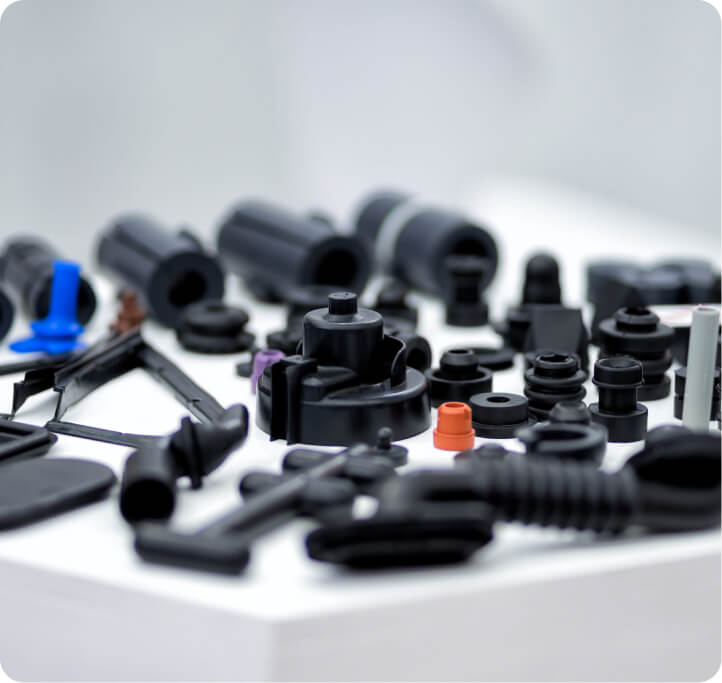

love us
The parts for the nylon plastic clips have been working very good so far. We have had the product in production for about 3 months now and have not found any issues.
I am introducing you now to our partner, Jay. He is CC’d on this email. He will be ordering the parts from you directly with the next order.
Also, I think we did about 125,000 units with this tooling so far. How many more units do you expect we can run before needing another tooling?

Your Journey With
3ERP
Addition Injection Molding Options
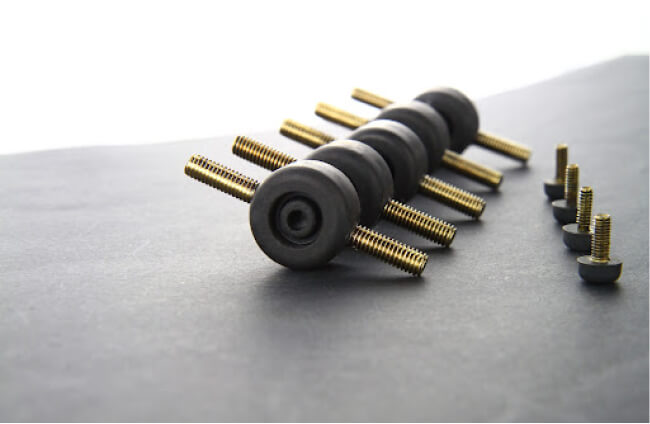
Overmolding
Overmolding uses injection molding to create a part from multiple materials. This process adds an injection-molded layer of material over an existing injection-molded workpiece. The overmolding process produces chemically bonded parts made using multiple materials.
The overmolding method is often cheaper and more effective than other manufacturing approaches that require creating and assembling component material parts separately. The process can also be used to build layered parts from scratch or to add a resistant outer layer to existing plastic parts and tools, providing a more rugged exterior. Toothbrushes consisting of a solid plastic body and rubberized grip are a common example of an overmolded product.
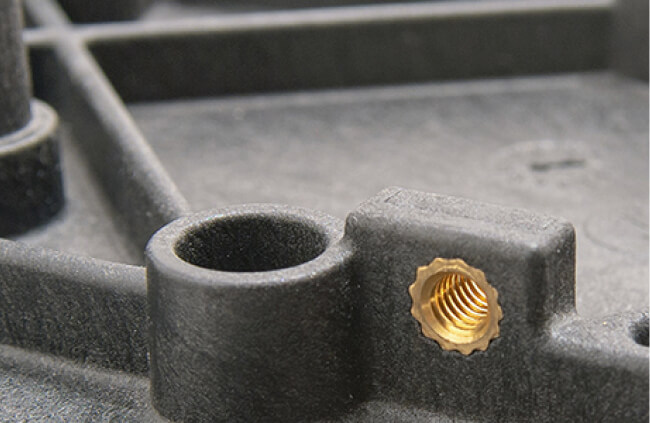
Insert Molding
Insert molding is similar to overmolding, but the substrate is not necessarily plastic and does not have to be produced via injection molding. For example, insert molding can be used to add a plastic coating to a pre-fabricated metal part.
Common parts made by insert molding include sharp handheld tools, such as scalpels, which consist of a metal blade partially housed within a plastic handle. Insert molding is also frequently used to create products that incorporate bushings, clips, and fasteners
Served
Served
Made
In Business
Plastic Injection Molding Materials
Use existing content on /services/cnc-machining/cnc-turning, but use new design same
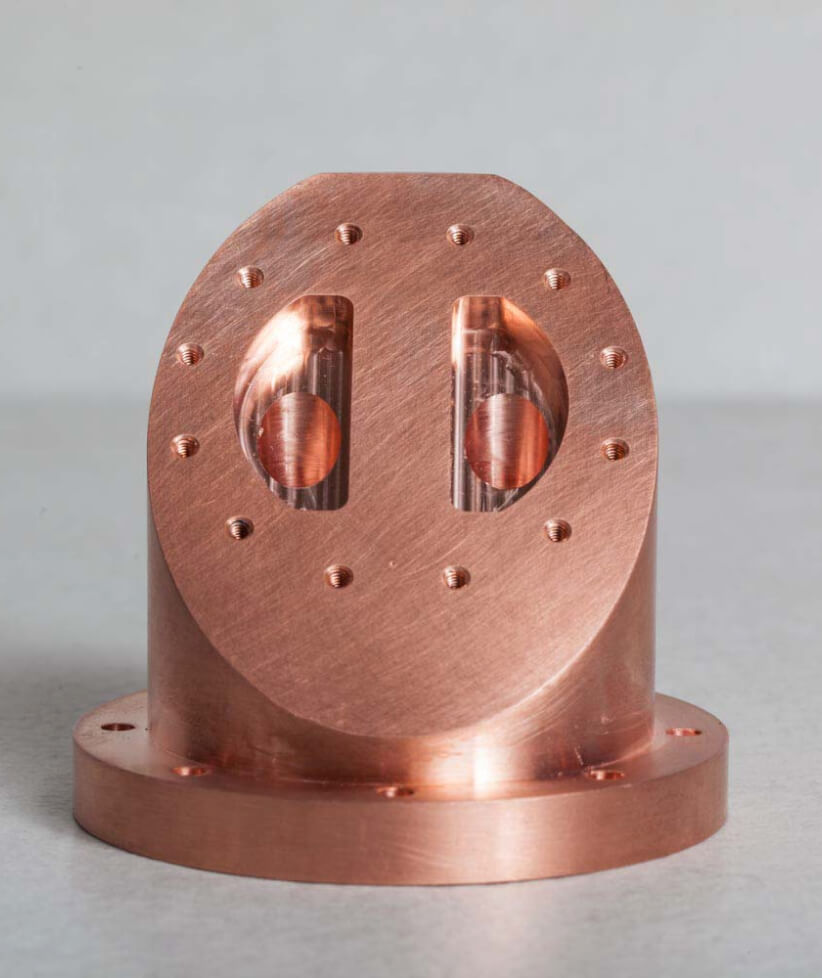
Alodine
Chromate conversion coating, more commonly known by its brand name Alodine, is a chemical coating that passivate and protects aluminum from corrosion. It is also used as a base layer before priming and painting parts.
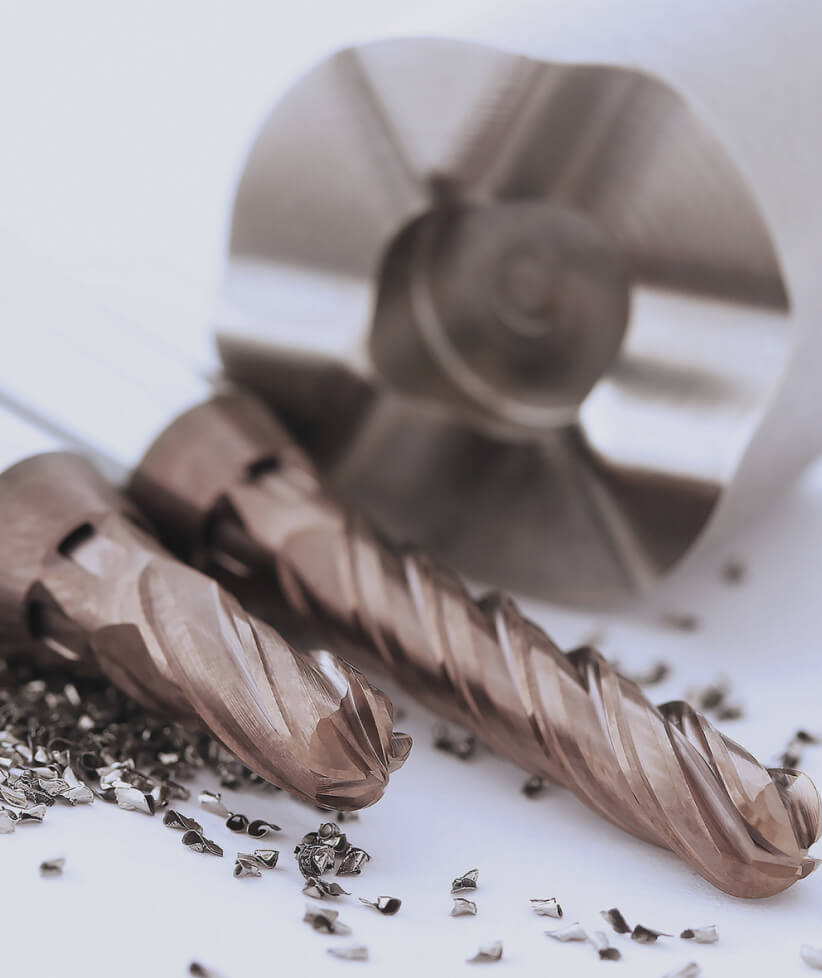
Alodine 34
Chromate conversion coating, more commonly known by its brand name Alodine, is a chemical coating that passivate and protects aluminum from corrosion. It is also used as a base layer before priming and painting parts.
Plastic Injection Molding Finishes
Use existing content on /services/cnc-machining/cnc-turning, but use new design same

Alodine 2
Chromate conversion coating, more commonly known by its brand name Alodine, is a chemical coating that passivate and protects aluminum from corrosion. It is also used as a base layer before priming and painting parts.

Alodine 245
Chromate conversion coating, more commonly known by its brand name Alodine, is a chemical coating that passivate and protects aluminum from corrosion. It is also used as a base layer before priming and painting parts.
Upload a CAD file
This process adds an injection-molded layer of material over an existing injection-molded workpiece.
Upload a CAD file
This process adds an injection-molded layer of material over an existing injection-molded workpiece.
Upload a CAD file
This process adds an injection-molded layer of material over an existing injection-molded workpiece.
Upload a CAD file
This process adds an injection-molded layer of material over an existing injection-molded workpiece.
Why choose 3erp plastic
injection molding services?
large quantities of production-grade, high quality prototype molds.
Upload a CAD file
This process adds an injection-molded layer of material over an existing injection-molded workpiece.
Upload a CAD file
This process adds an injection-molded layer of material over an existing injection-molded workpiece.
Upload a CAD file
This process adds an injection-molded layer of material over an existing injection-molded workpiece.
Upload a CAD file
This process adds an injection-molded layer of material over an existing injection-molded workpiece.
Upload a CAD file
This process adds an injection-molded layer of material over an existing injection-molded workpiece.
Upload a CAD file
This process adds an injection-molded layer of material over an existing injection-molded workpiece.
Quality You Want
Injection molding is the most popular manufacturing process for producing plastic parts. With an injection molding machine, raw plastic material, and a mold, it is possible to make a huge variety of parts, large and small, durable or disposable, for a number of industries and applications. So how does injection molding work?
Injection molding is a forming process — as opposed to a subtractive (cutting) process like CNC machining or an additive process like 3D printing — that uses a mold as a forming device. The process is suitable for materials like thermoplastics, which are heated until they reach a molten state and then injected into a metal mold where they cool and take the form of the mold’s interior or cavity.
From industrial gaskets to the soles of your shoes, elastomeric parts are both ubiquitous and unique. Made from elastomers, a group of rubber-like polymers, these flexible, stretchy, and shock-absorbing components are easy to make — and can be produced in several ways.
One of the ways to produce elastomeric parts is injection molding. Not the injection molding of thermoplastics, but the injection molding of thermosets like liquid silicone rubber: this material is injected in its liquid state then cured to make it solid. But today there’s a great alternative to liquid silicone injection molding, and that’s the 3D printing of flexible materials like TPE and TPU. No longer specialty materials, TPE and TPU can now be 3D printed on low-cost FDM printers.
This article looks at the basics of elastomeric parts: their properties, their applications, and whether you should opt for injection molding or 3D printing.
What is an elastomer?
An elastomer is defined as a polymer with a low Young’s modulus, a high failure strain, and viscoelasticity — a combination of viscosity and elasticity. Sometimes referred to simply as rubbers, elastomers are actually a broader category that includes non-vulcanized materials.
In layman’s terms, elastomers (elastic polymers) are materials that are, to various extents, elastic, stretchy, flexible, or deformable at room temperature. This is due to their weak intermolecular bonds. All of this makes elastomers incredibly useful. Since they can be bent and stretched without breaking, they are used in many applications where a more rigid material would fail in its purpose.
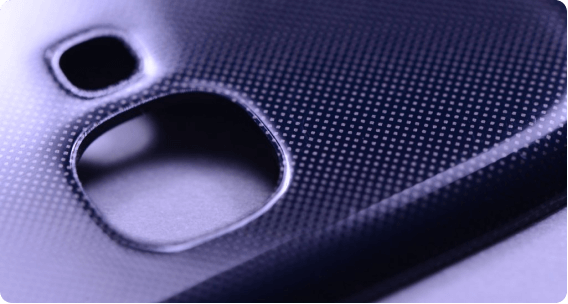
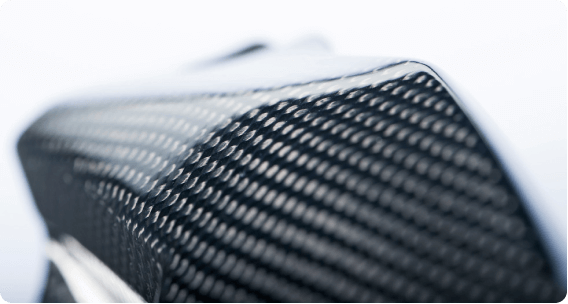

Faqs
In layman’s terms, elastomers (elastic polymers) are materials that are, to various extents, elastic, stretchy, flexible, or deformable at room temperature. This is due to their weak intermolecular bonds. All of this makes elastomers incredibly useful. Since they can be bent and stretched without breaking, they are used in many applications where a more rigid material would fail in its purpose.
In layman’s terms, elastomers (elastic polymers) are materials that are, to various extents, elastic, stretchy, flexible, or deformable at room temperature. This is due to their weak intermolecular bonds. All of this makes elastomers incredibly useful. Since they can be bent and stretched without breaking, they are used in many applications where a more rigid material would fail in its purpose.
In layman’s terms, elastomers (elastic polymers) are materials that are, to various extents, elastic, stretchy, flexible, or deformable at room temperature. This is due to their weak intermolecular bonds. All of this makes elastomers incredibly useful. Since they can be bent and stretched without breaking, they are used in many applications where a more rigid material would fail in its purpose.
